Australia has a Great Dividing Range, a chunk of coastline called the Great Australian Bight, a Great Ocean Road, and a World Heritage-listed Great Barrier Reef – as well as the lesser known Great Southern Reef. Our two largest deserts are the Great Victoria and the Great Sandy, and we’ve even gone underground to name the Great Artesian Basin.
We’ve also got Mt Great Groaner in New South Wales, the Great Swamp in Victoria, the Great Basalt Wall in Queensland and the Great Dragon Reef in Tasmania. Across Australia there are more than 200 placenames that contain the descriptor.
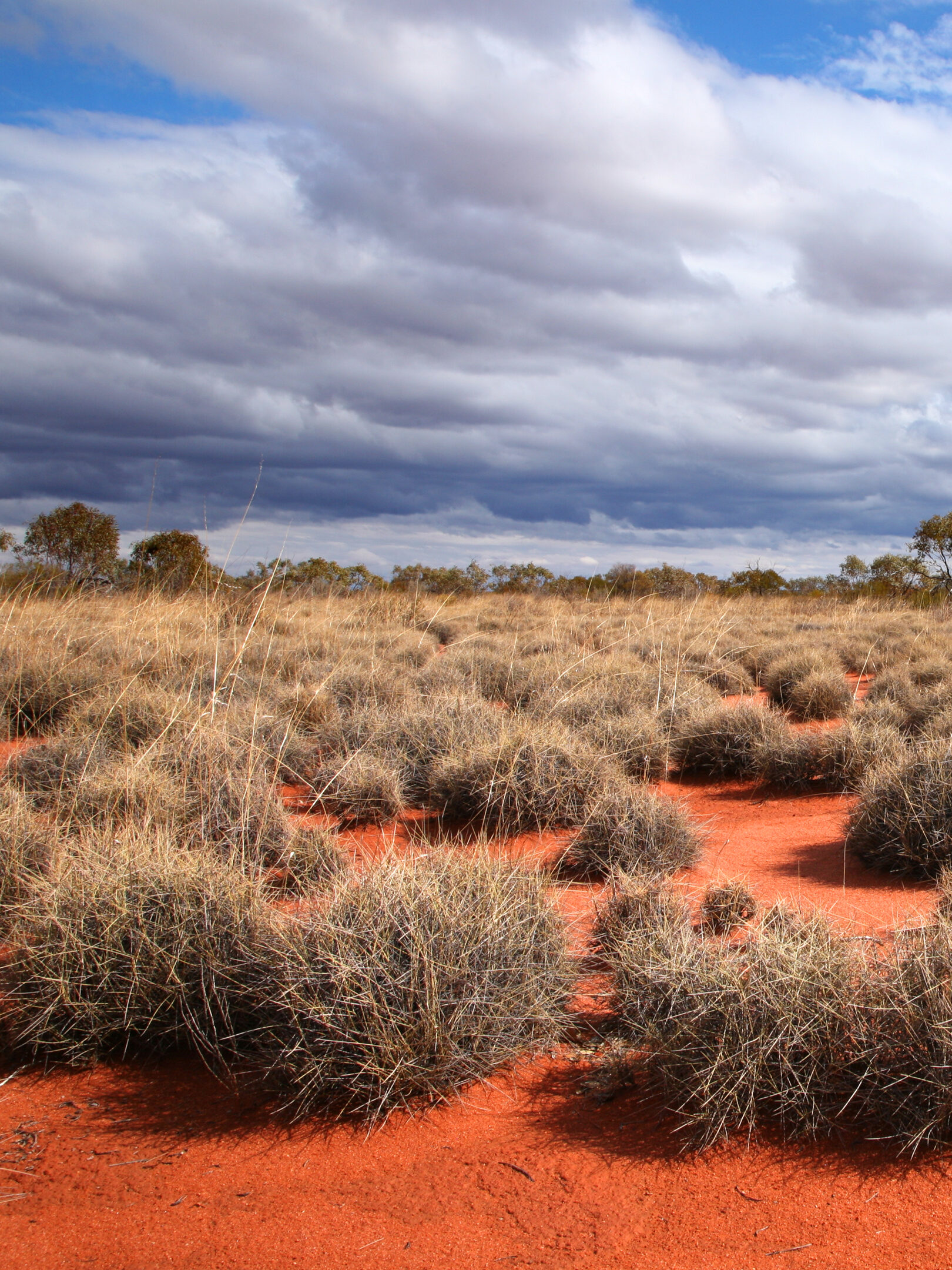
Emeritus Professor Roly Sussex, from University of Queensland’s School of Languages and Culture, explains the etymology:
“The word is Old English, spelt the same, and has been around for more than 1000 years. It is related to the German ‘gross’, meaning large,” he says. “Use of the prefix ‘great’ is a British pattern. If you search the Gazetteer of British Place Names you will find hundreds of them.”
Actually, you will find thousands. Of the 280,000 names listed with the Gazetteer of British Place Names, 2106 contain great, representing about 0.75 per cent. With colonisation the descriptor travelled, meaning Australia’s fascination with the term is not unique. For example, the United States and Canada also have 0.05–0.07 per cent of total placenames including the word.
New Zealand bucks the trend with a mere 11 placenames – it’s home, for example, to the Great Unknown and its cousin the Little Unknown, both peaks in the Southern Alps.
David Blair is the editor of Placenames Australia, the newsletter of the Australian National Placenames Survey.
“You’ll notice that, unlike Britain, almost all [Australian greats] are natural, rather than habitation, features,” David says.

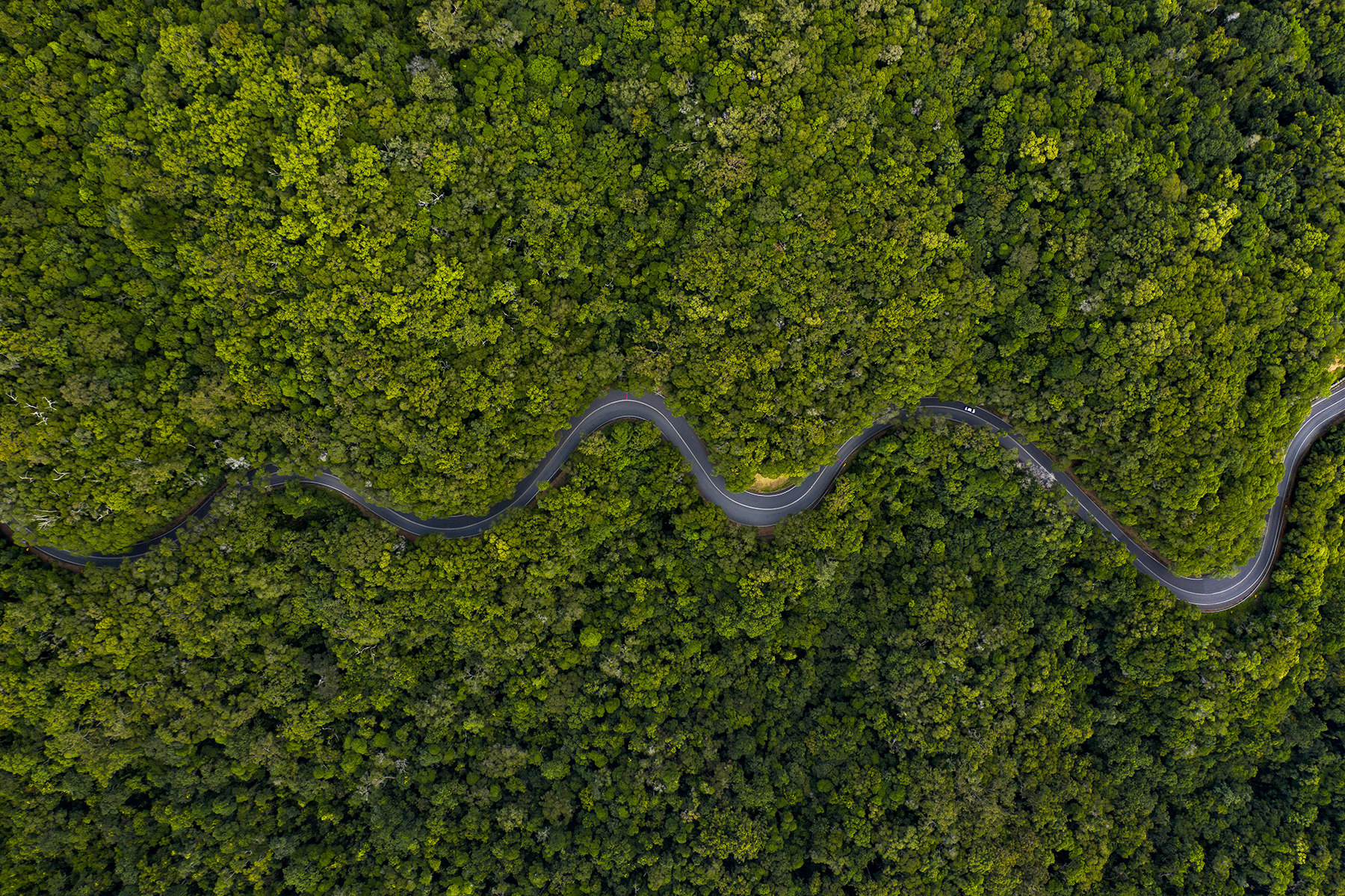
In Australia, great has been used to preface water features (including waterfalls, swamps and anabranches), topographical features (including mountains, ranges and cliffs), marine features (including sand bars, beaches and shipping channels) and, to a lesser extent, man-made features such as roads, localities and walks.
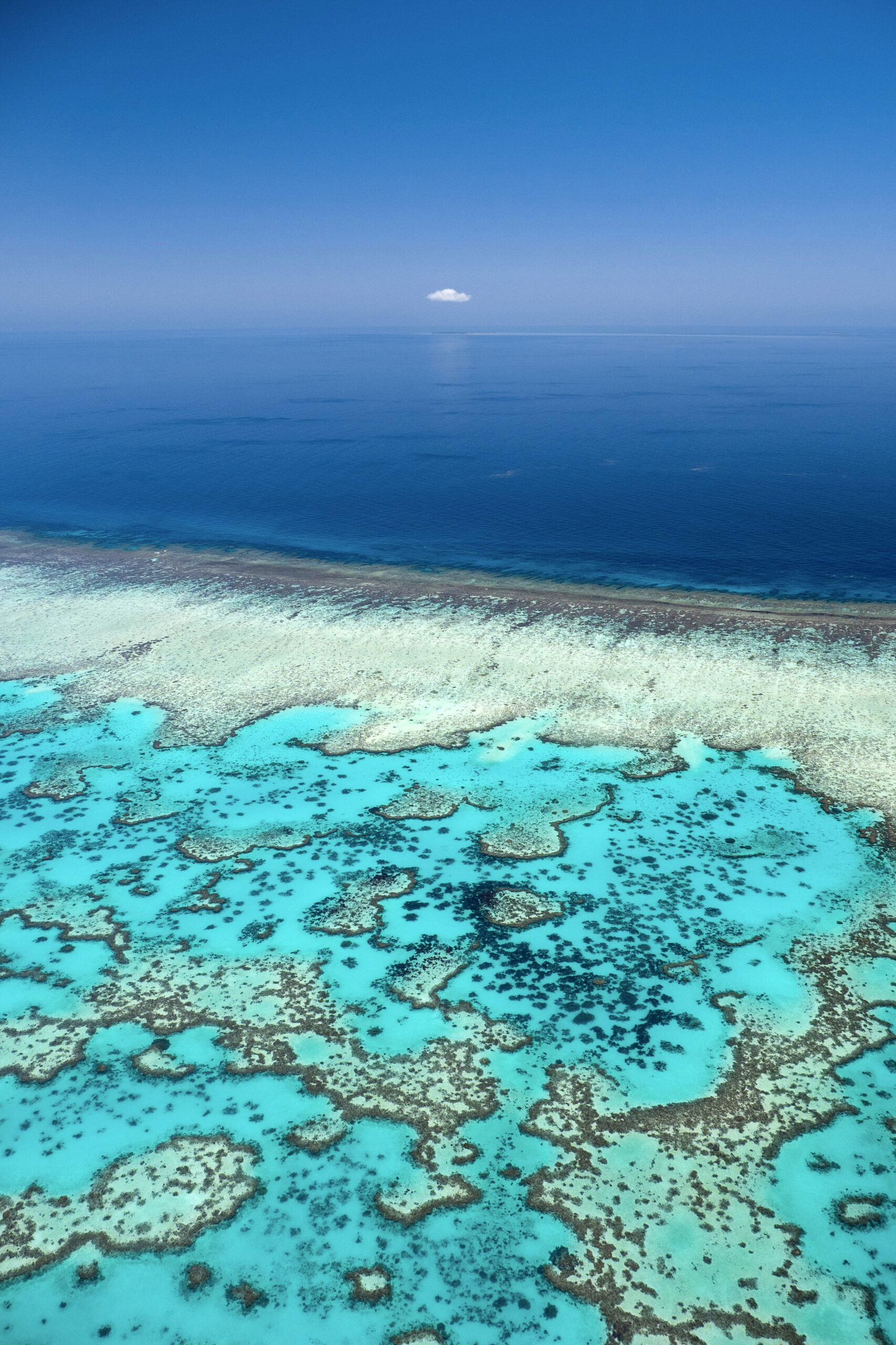
The Dutch named our big island Terra Australis, or Great Southern Land, while in A Voyage to Terra Australis Matthew Flinders describes the reefs off northern New South Wales (as Queensland was known in 1802) as the Barrier Reefs. On finding a dry sand bank in the Coral Sea (now known as Cato Reef, east of present-day Gladstone), he writes: “Some apprehensions were excited for the following night by meeting with this bank but as it was more than two degrees to the eastward of the great Barrier Reefs, we thought it unconnected with any other.”
Ernest Giles was one of many explorers who ventured overland in search of the mythical inland sea, and in his record of his travels Australia Twice Traversed he reflects on his 1875 discovery of a spring, in what we now know as Western Australia.
“Geographical features have been terribly scarce upon this expedition and this peculiar spring is the first permanent water I have found. I have ventured to dedicate it to our most gracious Queen. The desert in which I found it, and which will most probably extend to the west as far as it does to the east, I have also honoured with Her Majesty’s mighty name, calling it the Great Victoria Desert,” Giles wrote.
The Great (Australian) Bight is referenced in the 1792 journals of explorer Joseph-Antoine Raymond Bruni D’Entrecasteaux, while the Great Dividing Range was named by those at Sydney Cove who felt hemmed by the mountains to their west.
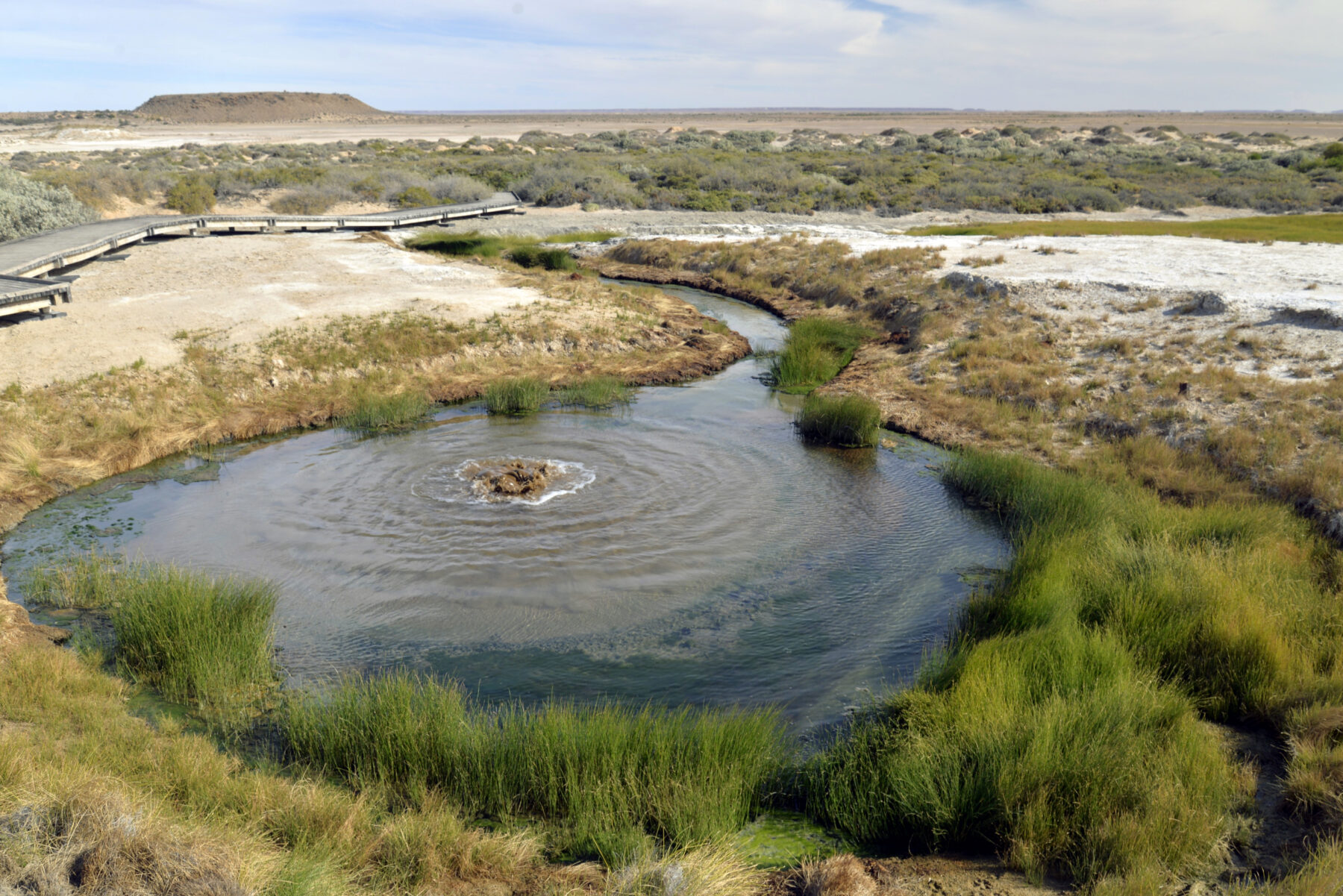
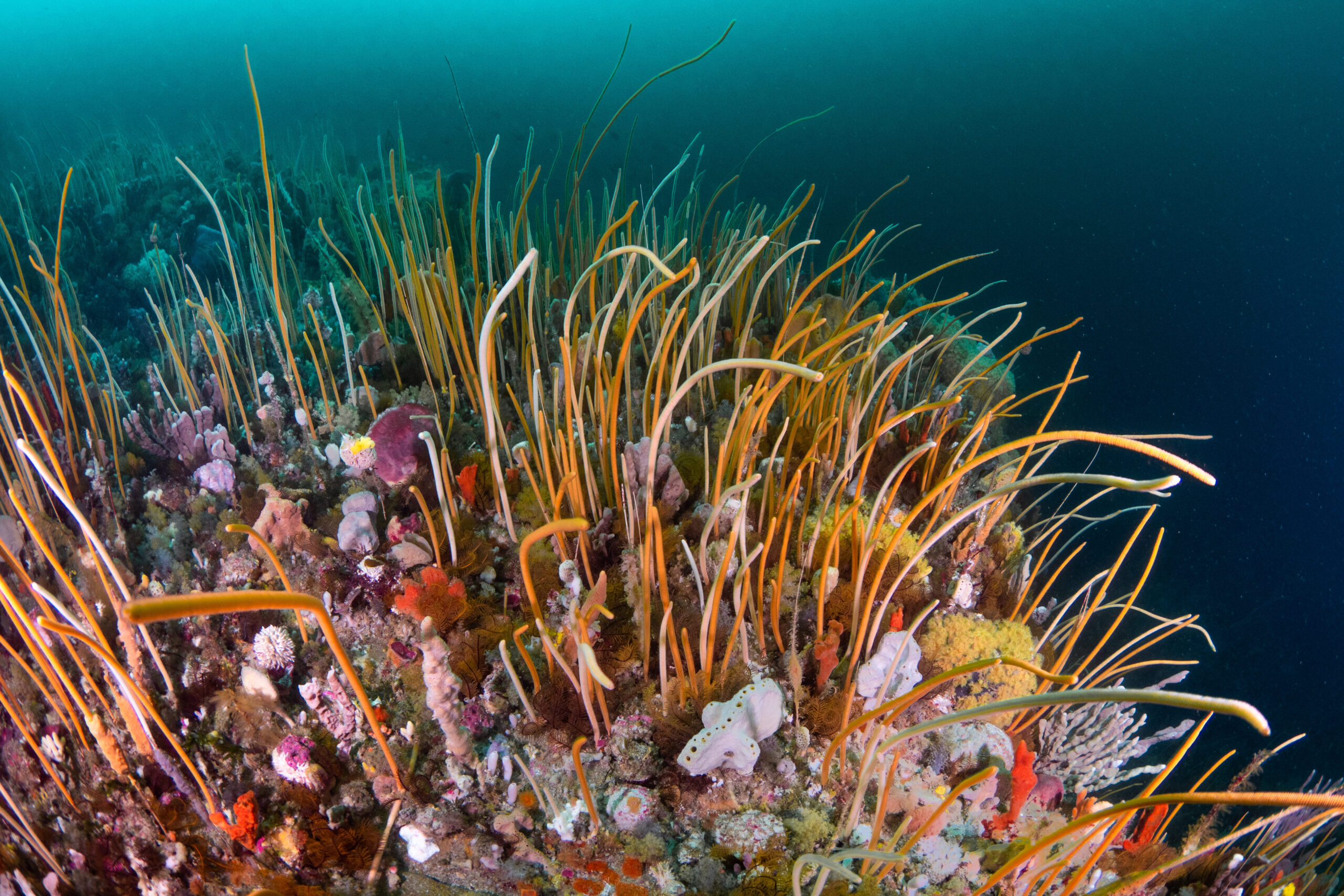
David concurs with Roly that the use of the word harks back to our English ancestry. “The Brits couldn’t believe how big everything was here when they first struck our natural phenomena,” David says. So it is the early days of European exploration that are mostly responsible for many of our greats.
The Victorian Department of Transport has gone one further and says: “The current naming rules for places in Victoria do not permit prefixes, including the word ‘great’. Geographic placenames are required to be succinct and it is expected that a unique name be applied to a place which has a strong connection to place and shared cultural history.”
So while great may continue to lose its significance as Australia moves to change many placenames back to their Indigenous origins, the term will serve to mark a place in our history.




